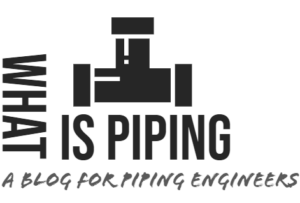Pressure Transient Analysis for Liquid HC Pipelines | Water Hammer Calculation-Joukowsky Formula
What is Surge in Liquid HC P/L? Its commonly called “Water Hammer”, and is defined as a sudden increase in pressure due to an instantaneous conversion of momentum to pressure when flowing...
